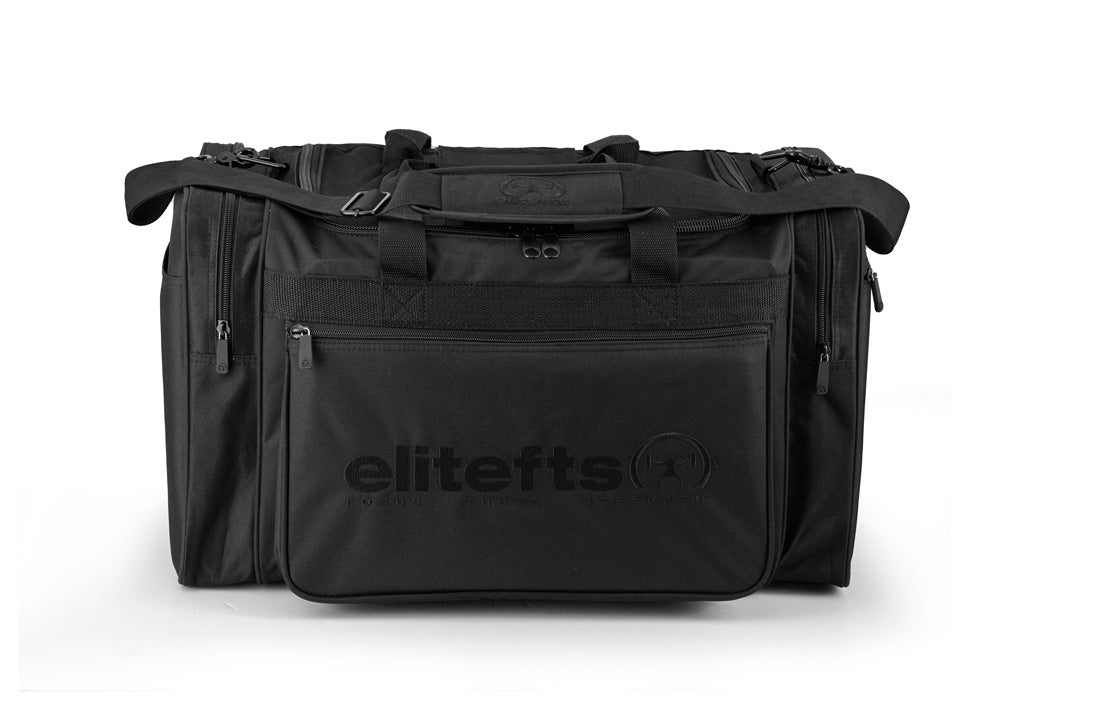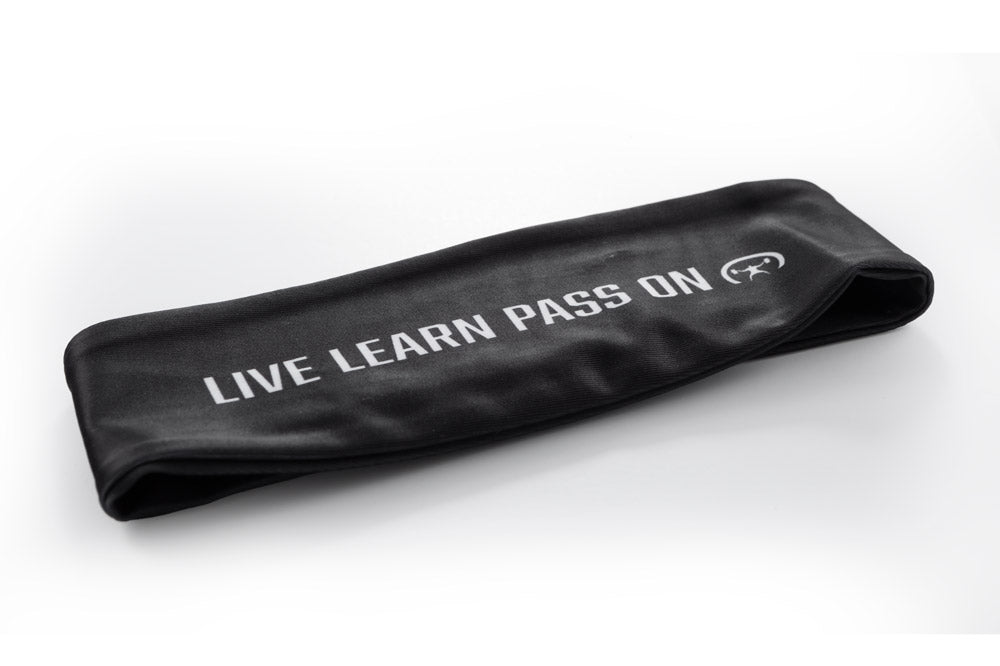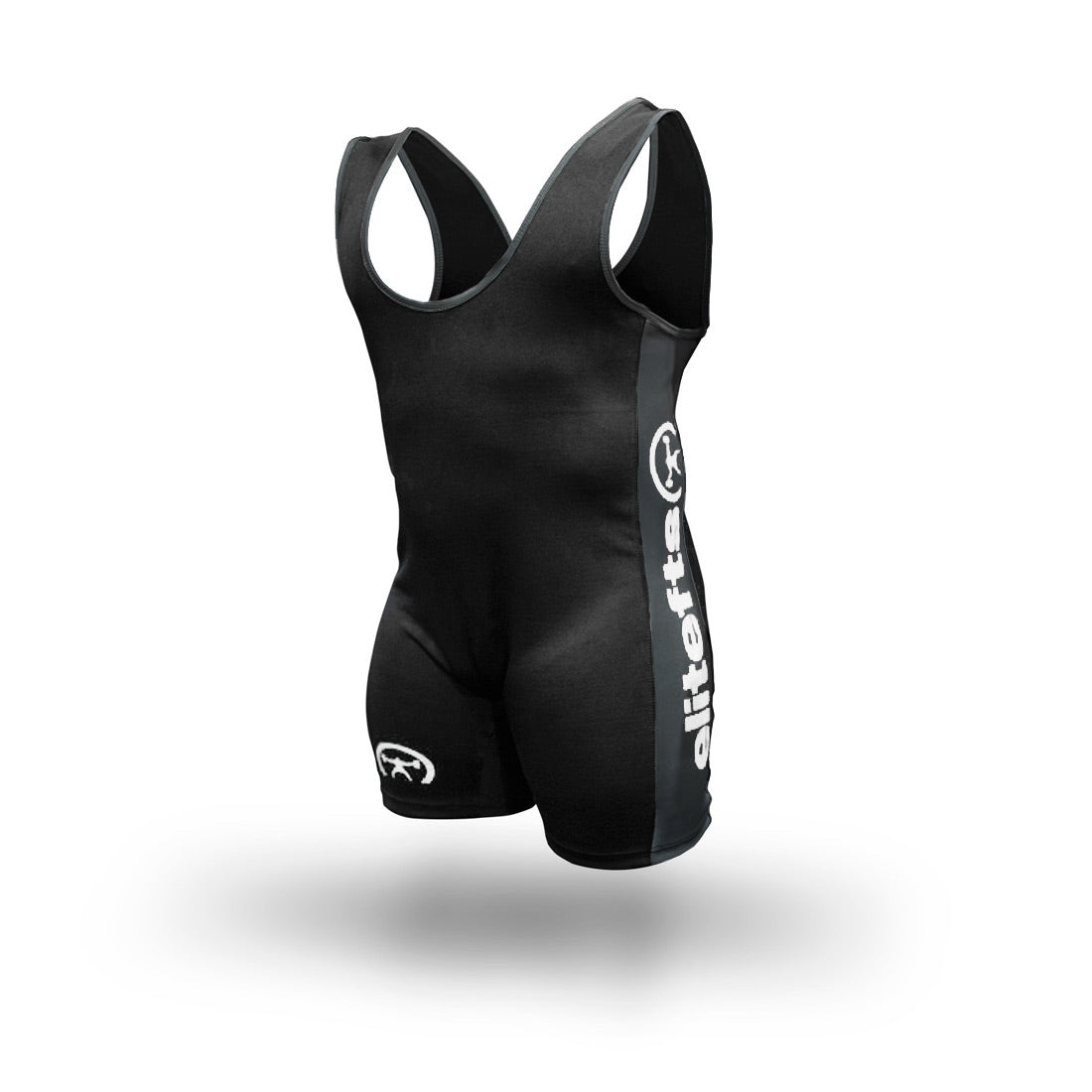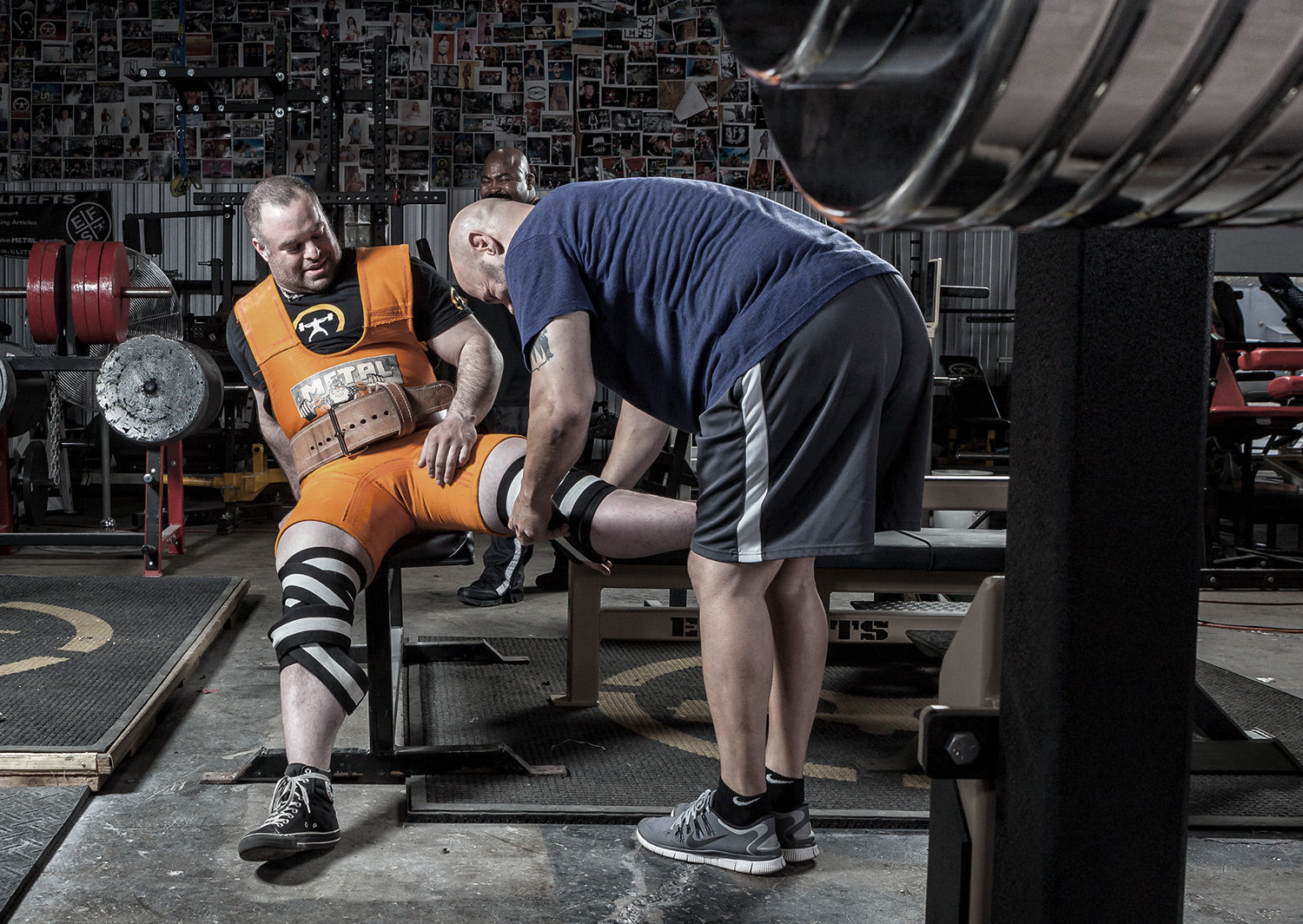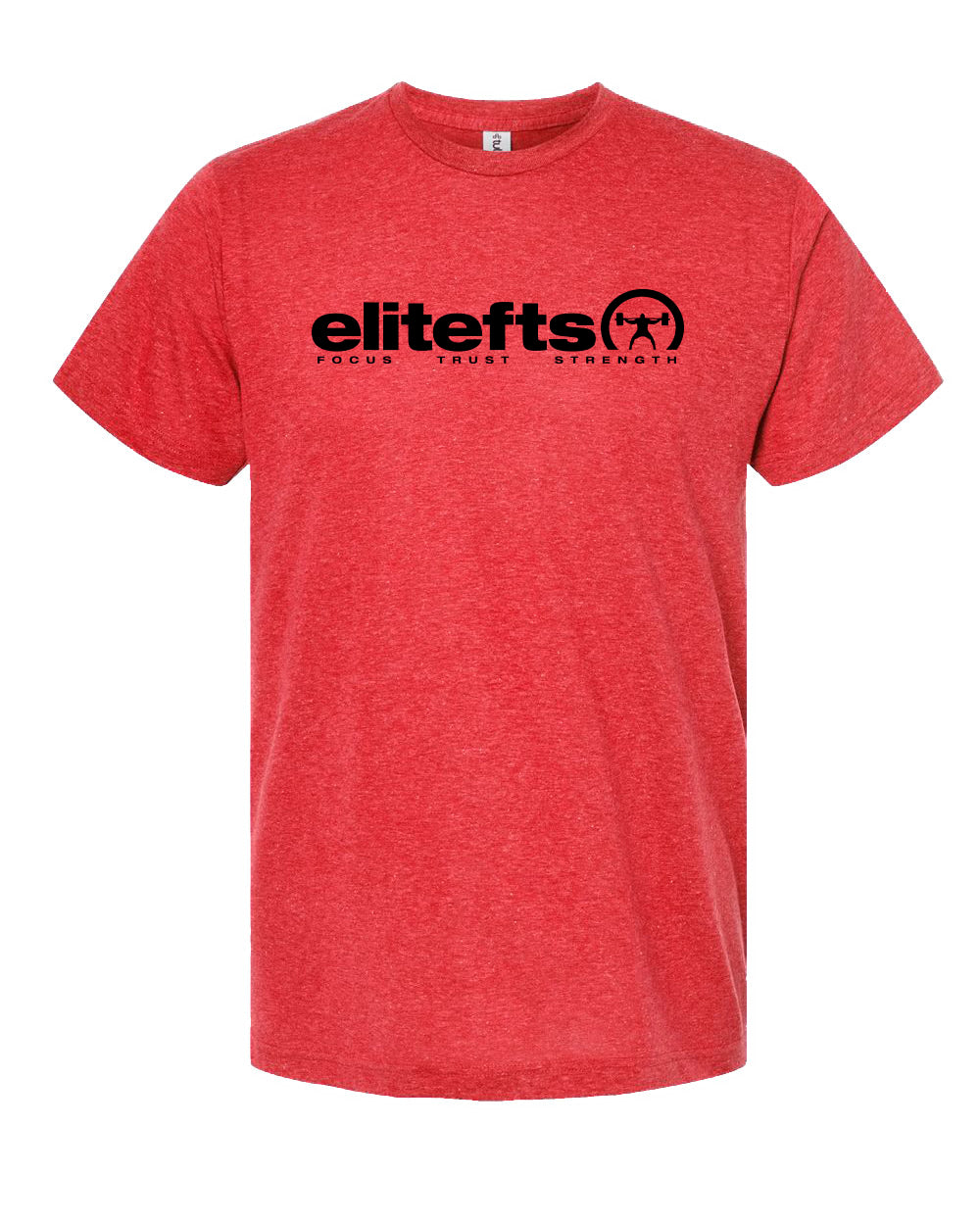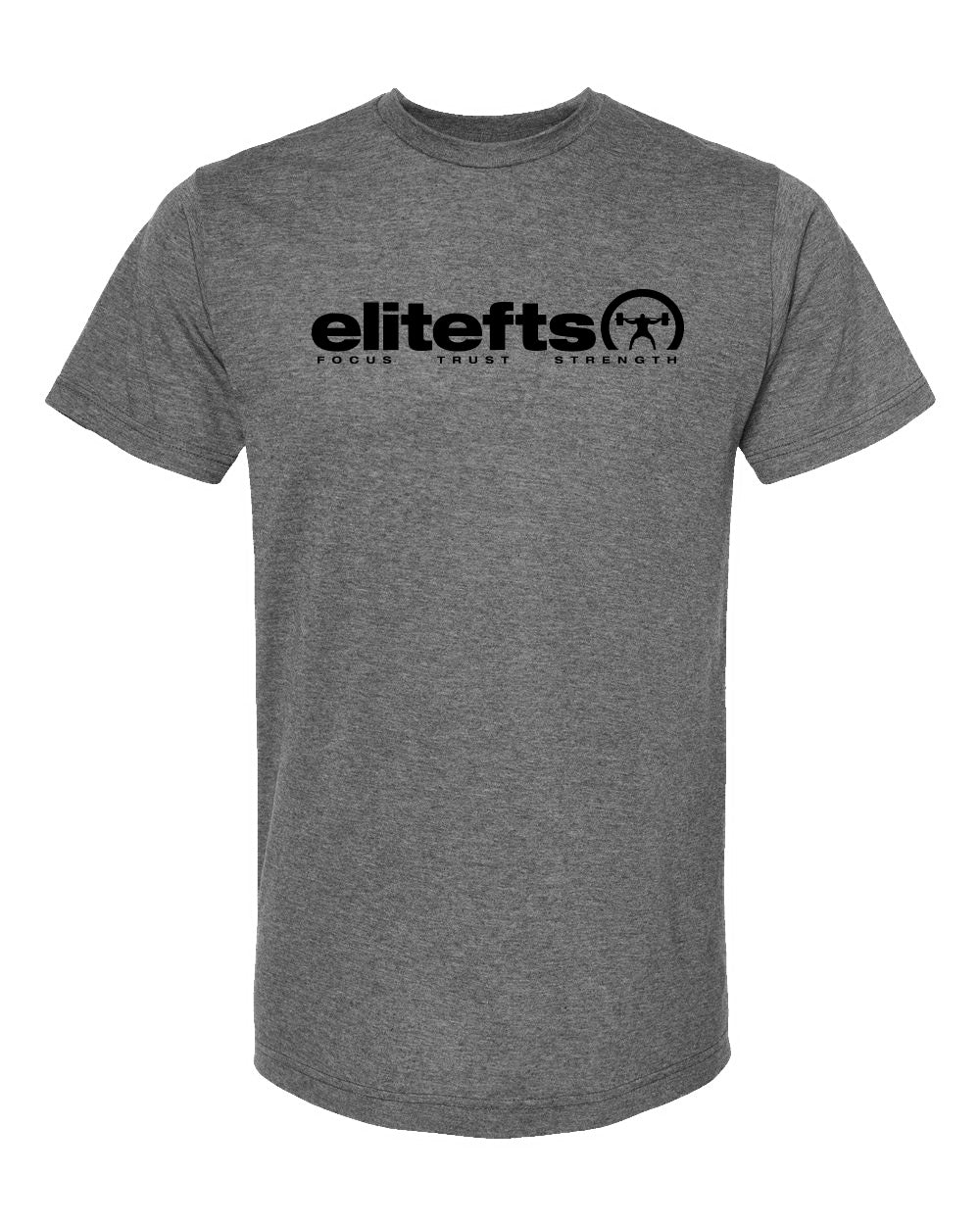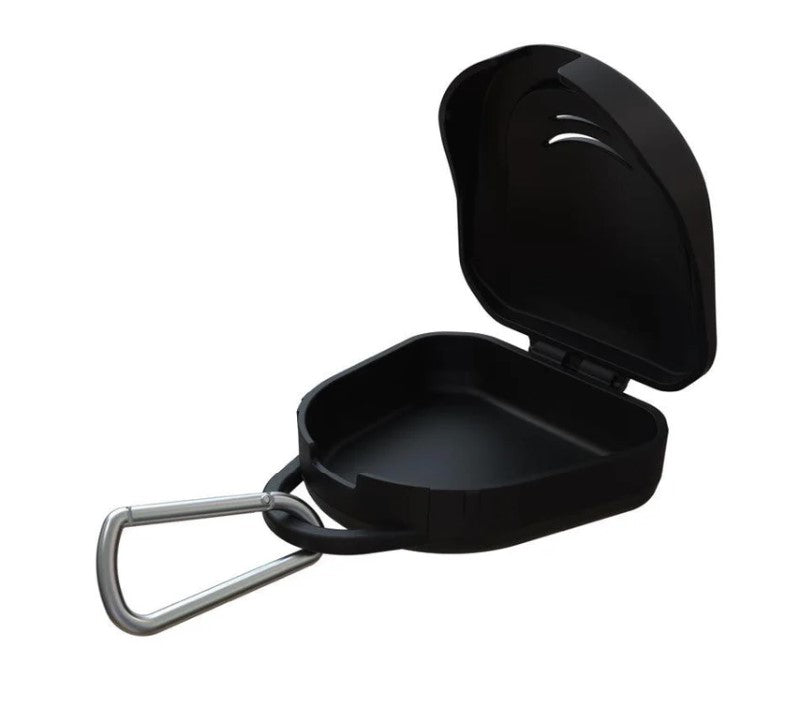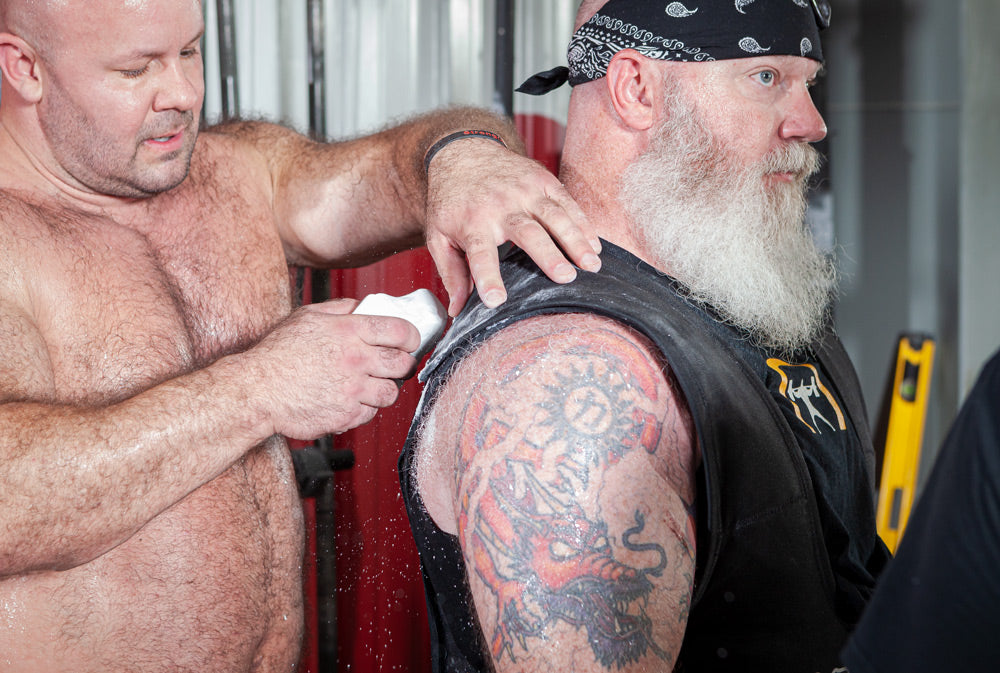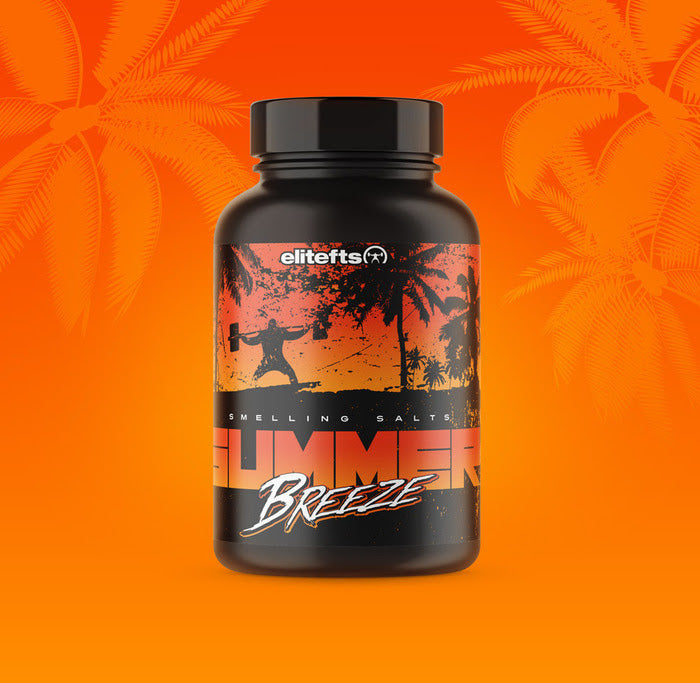Powerlifting challenges lifters to push their limits in the back squat, bench press, and deadlift. In competitions, lifters get three attempts at each lift, adhering to specific judging criteria. The sport is divided into eight weight classes for both men and women. An overall winner is determined by a formula that spans all weight classes depending on the specific powerlifting federation.
Raw vs. Equipped
Two main divisions exist in drug-tested powerlifting: Raw (Classic) and Equipped (Single-Ply). The equipped division allows additional supportive gear, setting it apart from the raw division, where lifters go without such aids. In the International Powerlifting Federation (IPF), the raw division consists of lifters wearing supportive equipment, including a belt, wrist wraps, and knee sleeves. In addition, lifters are required to wear an IPF-approved singlet. The IPF recognizes single-ply as their approved equipped powerlifting category. The IPF-equipped division consists of additional supportive gear, including squat suits,
knee wraps, bench press shirts, and deadlift suits. All articles of equipment are required to have specifications approved by the IPF. The gear used in the equipped category is designed to provide extra support to lifters, allowing them to lift more weight than they could in the classic division.
Historically, the equipped lifting division dominated powerlifting, but this changed in the 21st century with the rise of raw powerlifting, specifically after the IPF introduced the World Classic Powerlifting Cup in 2012.
Popularity of Raw Lifting
While powerlifting has grown significantly in the past decade, the growth has not been equal across the raw and equipped divisions. According to Open Powerlifting, 1,243 total lifters competed in the raw division in the IPF, compared to only 636 lifters in the IPF-equipped division. That equates to nearly two times the amount of raw lifters versus equipped lifters. This shift could be due to raw lifting having a lower barrier to entry compared to the equipped division. Less training equipment is needed to compete in the raw division than in the equipped division, making it more accessible to the average lifter. In addition, the rise in popularity of raw powerlifting on social media platforms appears to far exceed that of equipped lifting.
It has been long theorized that the gear used in equipped powerlifting helps to protect lifters' bodies from the wear and tear of competitive powerlifting. This theory will be further analyzed by comparing the ages of first-place finishers in the 2022 IPF World Championships for the raw and equipped divisions. The hypothesis is that the equipped IPF World Champions' ages will be higher than their raw counterparts due to the gear supporting lifters' bodies and thus prolonging their powerlifting careers. If lifters can excel at more advanced ages in the equipped division, perhaps we will see a new influx of lifters to the equipped division as they age.
Age by Weight Class
The ages of lifters in the 2022 IPF World Championships from all eight male and female weight classes in the raw and equipped divisions were compared, bringing the total number of lifters examined to 32. This data is available on the
Open Powerlifting Project website. Table 1 below demonstrates the ages of each lifter in their respective weight class and division.
Average Age of Male Lifters
Table 1
| Men’s Weight Class | Raw | Equipped | Female’s Weight Class | Raw | Equipped |
| 59kg | 26yrs | 38yrs | 47kg | 20yrs | 51yrs |
| 66kg | 27yrs | 39yrs | 52kg | 31yrs | 22yrs |
| 74kg | 33yrs | 33yrs | 57kg | 29yrs | 27yrs |
| 83kg | 27yrs | 33yrs | 63kg | 34yrs | 43yrs |
| 93kg | 27yrs | 24yrs | 69kg | 29yrs | 29yrs |
| 105kg | 25yrs | 32yrs | 76kg | 27yrs | 22yrs |
| 120kg | 34yrs | 37yrs | 84kg | 25yrs | 33yrs |
| 120kg+ | 23yrs | 26yrs | 84+ kg | 33yrs | 38yrs |
The average age of the men's equipped lifter was 32.75 years old compared to 27.75 years old in the raw division. There were no weight classes where the raw lifter was older than the equipped lifter. However, in the 74kg weight class, both lifters were the same age, 33 years old. Additionally, the oldest lifter was 39 years old in the equipped division compared to 34 years old in the raw division.
Figure 1 (Men’s Division)

Average Age of Female Lifters
The average age of the women's equipped lifter was 33.12 compared to 28.5 in the raw division. In the women's division, there were three weight classes where the raw lifter was older than the equipped lifter, differing from the men's division. The women's raw side also had the youngest overall champion at 20. Interestingly, the equipped women's division had two lifters with ages over 40 (43 and 51 years), while the raw side had zero lifters over 40. Like the men's side, the oldest raw lifter on the women's side was 34 years old.
Figure 2 (Women’s Division)

A key finding revealed the average ages of male and female equipped lifters in the 2022 IPF World Championships were over four years older than their raw counterparts. The results demonstrate that both male and female-equipped lifters excel at more advanced ages than raw lifters in both the male and female categories. These findings could be important in allowing lifters to continue their competitive powerlifting careers as they age.
A limitation of this comparison is the small sample size of 32 lifters. There is also a significant discrepancy between the number of lifters in the equipped and raw divisions, which could skew the data. Evaluating lifters outside the IPF World Championship could help determine the application of the hypothesis outside of high-level competitive lifters to the average lifter. A more extensive future follow-up study could be beneficial in the confirmation of the results.
Conclusion
Conceivably soon, there could be another paradigm shift in powerlifting from raw to equipped. Additionally, raw lifters near their maximum genetic strength could experience more rapid progress with a transition to the equipped division. As the sport of powerlifting continues to grow, perhaps more aging lifters will transition to equipped lifting to prolong their competitive careers.
Acknowledgments
The author would like to acknowledge the
Open Powerlifting Project for its open-source powerlifting database, which was used for data collection.
References
- Siem, B. (2023). Raw vs. Equipped Powerlifting. BarBend. https://barbend.com/raw-vs-equipped-powerlifting/
- Powerlifting rankings. OpenPowerlifting. (n.d). https://www.openpowerlifting.org/rankings/raw/ipf/2022
- Powerlifting rankings. OpenPowerlifting. (n.d.). https://www.openpowerlifting.org/rankings/single/ipf/2022
- Warpeha, J. (2013). History of Powerlifting by Joe Warpeha as in the USAPL Coaching Certification Curriculum. p. 7-8.
Nicholas Farison has been a competitive powerlifter for 10 years, competing in both raw and equipped Powerlifting. Most recently, in 2024, he placed 1st in the 74kg Open equipped Division at the North American Powerlifting Championship in Scottsdale, Arizona. He is also active as a referee for Powerlifting America in his home state of Arizona. When not lifting or volunteering on the platform, Nicholas works as a Registered Nurse in Cardiothoracic Surgery.










